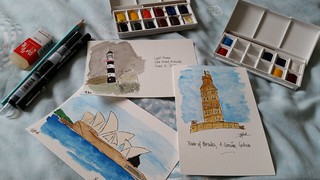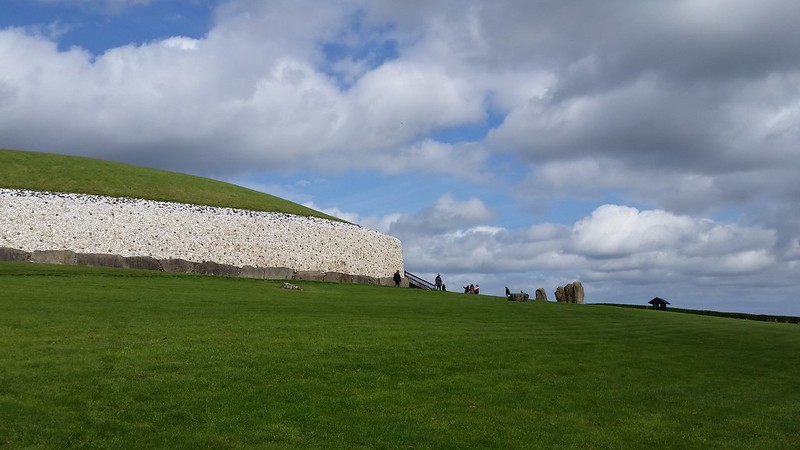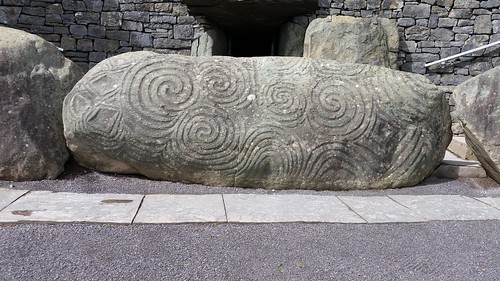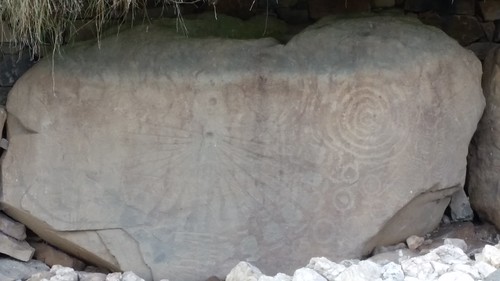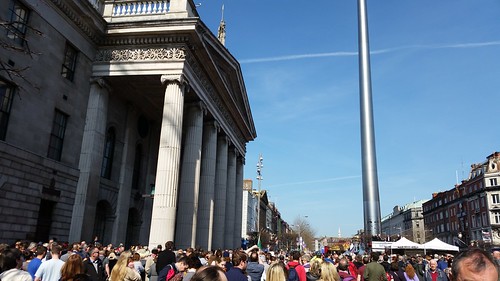A couple of journalists have written pieces on the hammering the media got for its role in the crash. Michael Clifford is here at the Irish Examiner and Gerry O’Regan is here at the Irish Independent. In general, they are defending the media against charges that they may have slipped up in terms of the events before the crash.
Sometime in 2000 and sometime again later, around 2003 I think, I went to my bank to enquire about the possibility of a mortgage. I’m not going to name the bank, because it won’t really matter, but in both cases, they both were happy to give me a mortgage; it’s just the amount of money concerned in both cases came nowhere close to funding any reasonable accommodation that was within a reasonable distance of where I worked.
Around the time, I also variously looked at apartments and have very clear memories of visiting a 2 bedroomed apartment in Balbriggan. I specifically remember it because it was the first showing, it was packed, and while it was at the top end of what I was going to manage between mortgage and deposit, there was always, you know…that hope. That apartment started off at 220,000E when the doors opened. While I was looking at the bathroom and one of the bedrooms, it made its way up to 300,000. I left because what was the point. This wasn’t in 2006 – I had more or less given up looking at places at that stage – it was earlier. And I have to be honest, when I looked at this apartment, it wasn’t really what I imagined my life to be. It was small, massively open plan, the rooms weren’t big, it was dark. The kitchen and the living room were pretty much one. It was designed by someone who was safe in the knowledge they would never want to live there. I wondered was I the only sane person left in the country. Even if I had the 340,000 it was likely to need to secure at that time, I didn’t want it. Especially I did not want it if I had to move fast. Decisions involving multiples of my annual salary are not decisions I like to be making in a snap form. On the only occasion I came close to trying to buy a house, early in around 2010, I think, I visited it 2 or 3 times myself before deciding whether to call in the cavalry in terms of a sanity check.
When I hear people say “they didn’t know” or “it was supposed to be different”, it’s annoying. When I hear peoples way we all partied, or we all lost the ruin of themselves, I feel angry. One of the key reasons for which I didn’t buy property in Ireland in the last 15 years is that for most of it, it hasn’t really been worth the money. The only reason I’ve even entertained the notion is because renting in Ireland is not a walk in the park either. It has been like being between the devil and the deep blue sea.
I have mixed feelings about the media at the moment. In my view, there are times they need to tell us unpleasant truths. A lot of people in Ireland did not lose the run of themselves. They didn’t buy houses they didn’t need, and they didn’t party most of the 2000s. Most of the people I know who did buy were comparatively prudent in terms of what they did buy (as in they haven’t bought 2 bedroomed apartments in Balbriggan). The unpleasant truth which the media has not been telling us is that high and rising house prices are a bad thing. Many people in Ireland have not and still do not want to accept this reality. People who own houses like feeling wealthy; news stories about new paradigms, this time it’s different, tell them what they want to hear.
When people do not want to hear unpleasant truths, that is when I expect the media to step in. You did not need to be an economist in the 2000s to know that repeated loosening of lending standards were a bad thing. They were a sign that houses were getting beyond normal affordability. At the very top of the market, there was anecdotal evidence that people were getting mortgages worth up to 10 times their gross annual income.
This was insane. And yet, people signed up to it.
I can’t understand this. My policy in life, regarding housing, is to pay as little as I can possibly get away with. Here, it seemed to be the complete opposite. People did not want to hear that rising prices were a bad thing because it would have forced them to examine their own behaviour. Most people don’t want to do this.
We didn’t all party. Those who did desperately need the narrative of we all partied because that means, they don’t have to address the fact that maybe they were particularly wrong.
It easier when you can point at all the other people who made the same mistake.
Michael Clifford mentions two people who tried to call a halt. He points out that the difference between journalists and those two people is that they weren’t journalists but economists. One of them was Morgan Kelly. It is safe to say he was not a journalist. He’s a person with no skin in that particular game and his figures were fairly sharp when eventually the media started giving his views a platform. Prior to that, it’s not like the media wanted to give platforms to people who were unhappy with how things were.
The other is David McWilliams. I personally don’t see David McWilliams as anything other than a journalist and the piece he wrote on education which I looked at the other day wasn’t the work of an economist. He is, however, a business man.
There is none so blind as those who don’t want to see. When people claim we all partied, it is because that allows them the nice fluffy thought that they weren’t particularly stupid – every one else was at it.
The problem with that is that, actually, everyone else was not at it. Some of us couldn’t afford to but we’re paying even now for the ones who could.
Windsandbreezes: 16 December 2005: The Dark Art of Economic Forecasting
20 Sep 2006: Just because the internet makes information so much easier
14 Sep 2006: Wobbles or safe
